Frankenstein, Dracula, Dr. Jekyll and Mr. Hyde.
The world’s most famous tales of things that go bump in the night can all trace their heritage to a distinct 65-year period when the British public became enraptured with the horrid. The English Gothic novel dominated popular fiction from 1765 to 1830 and spawned an endless tradition of dark storytelling and over-the-top parodies around the globe.
Today, the University of Virginia Library serves as the primary guardian of this early tradition. The Albert and Shirley Small Special Collections Library is home to more than 2,500 volumes and some of the rarest Gothic novels in existence – a collection unrivaled in size and scope.
The library is currently showcasing this treasure trove in an ongoing exhibit, “Fearsome Ink: The English Gothic Novel to 1830.” It draws on the two collections that make up its formidable store: the Sadleir-Black Collection of Gothic Fiction and the Maurice Lévy Collection of French Gothic.
While Gothic literature remains wildly popular, the English Gothic novel follows a general pattern that distinguishes it from more modern tales. The stories are typically set in medieval times with highly passionate characters, invoke the supernatural, and describe in vivid detail the horrors and scourges of flesh their heroes and heroines face.
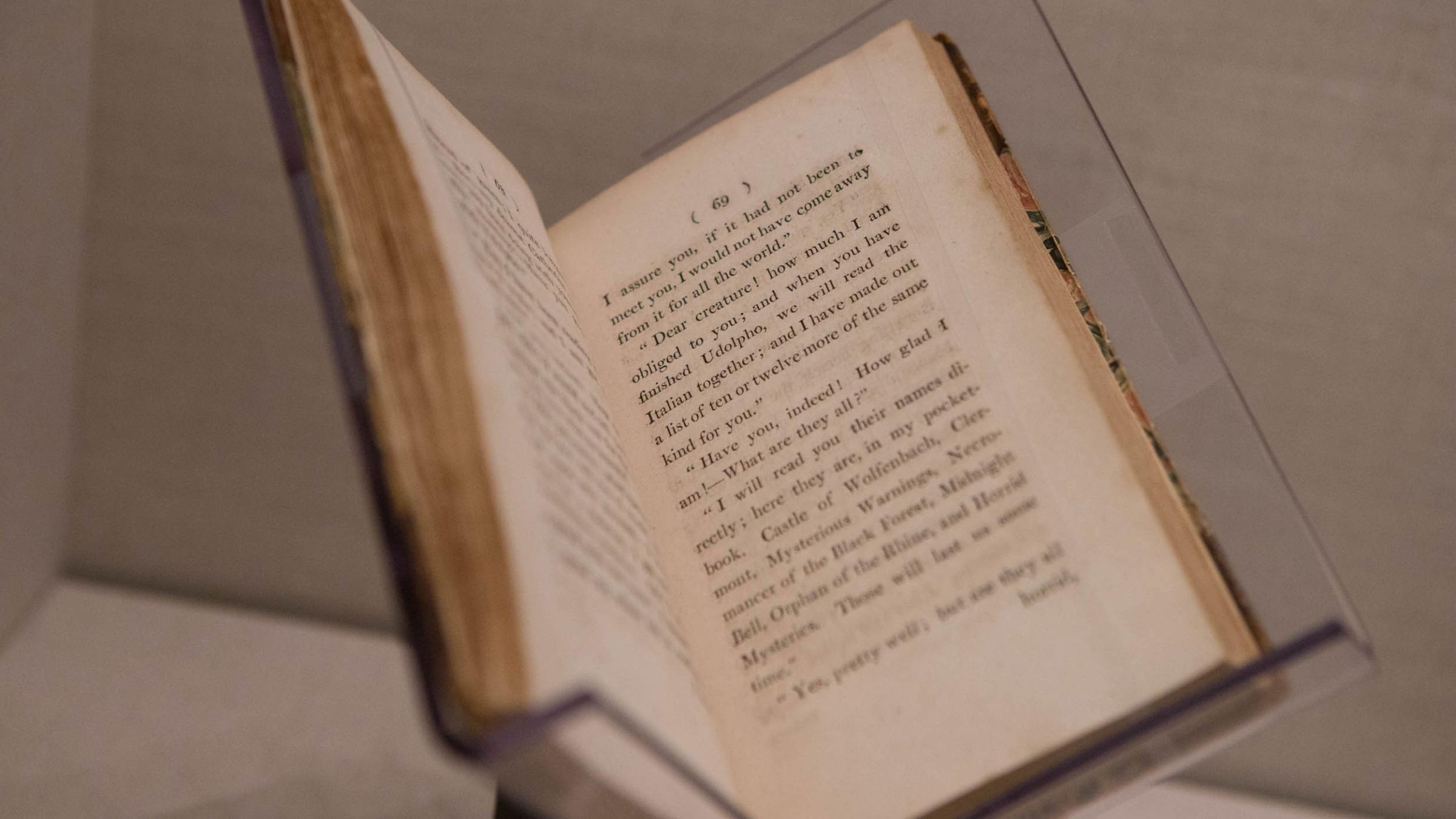
Most readers’ first encounter with the English Gothic is Jane Austen’s gentle satire of the genre, “Northanger Abbey.” The library’s exhibit displays a first edition copy, turned to the page where Isabella Thorpe recommends seven of her favorite novels to the heroine Catherine Morland.
“For a long time, people thought Austen made up the titles in Isabella’s list. Then in the 1920s, Michael Sadleir stumbled across a few of them and made it his mission to collect the rest,” said the collection’s manager, David Whitesell, a curator in the Albert and Shirley Small Special Collections Library.
Sadleir was a distinguished British publisher, antiquarian bookseller, novelist and bibliographer who fell under the spell of the English Gothic novels and steadily amassed a large collection of them. Austen’s novel became an unexpected guide to finding the most popular gothic novels of the 19th century, and Sadleir was eventually able to acquire all seven books – known as the Northanger Septet – that she lists.
The University is one of only a few places on Earth to have all seven. The collection came to UVA almost by chance after Sadleir decided to sell it in the 1930s.
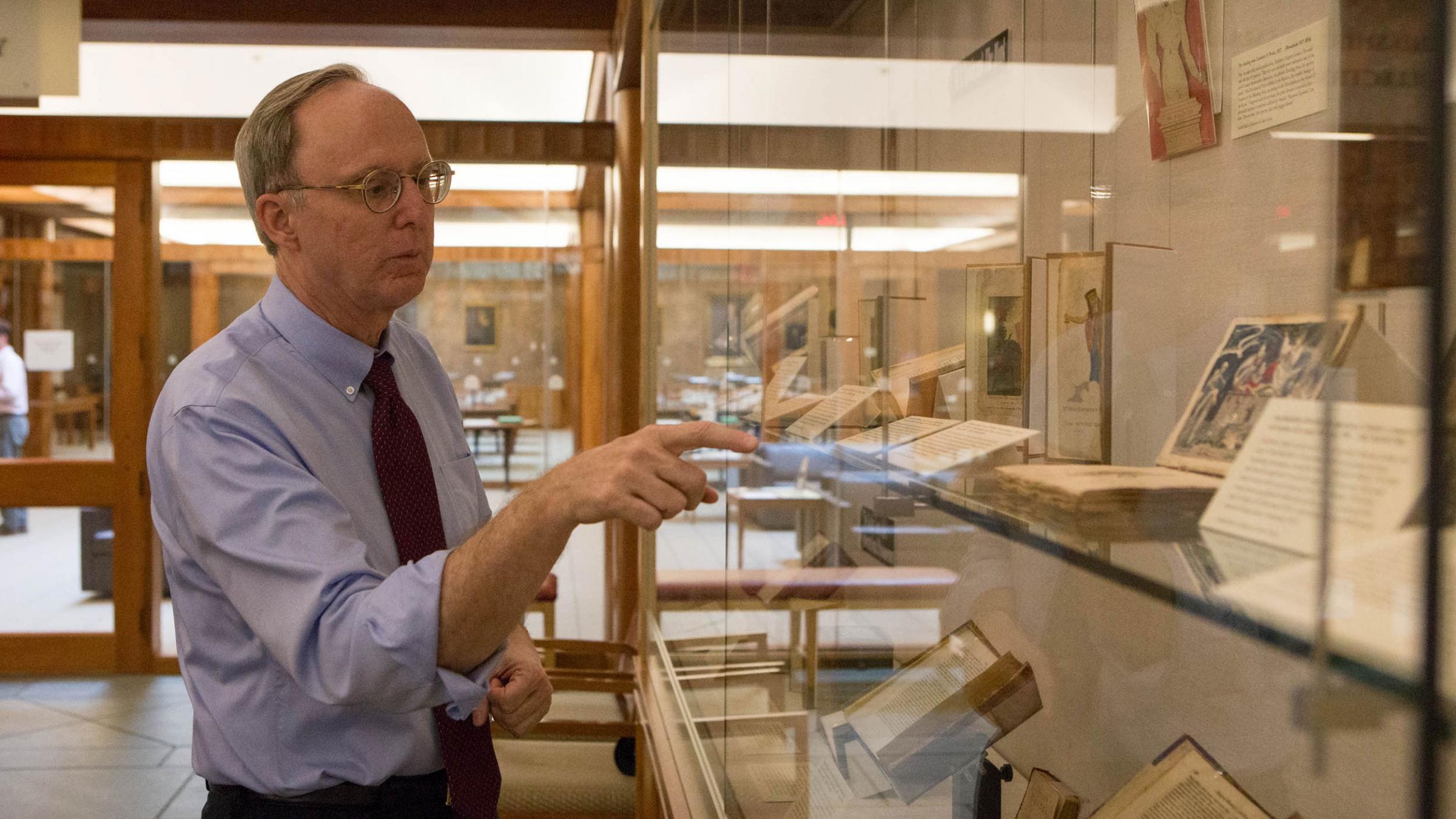
“In the mid 1930s, a man named Robert Black came to UVA as a graduate student. Here, he took some courses in English literature and became so interested in English Gothic fiction that he decided to go to England to study it further,” Whitesell said. “Two things happened then. First, he received a small inheritance, and second, he found out that this great collection that had been formed by Michael Sadleir was for sale.”
Shortly after his purchase, Black planned to move back to Charlottesville, but had no space in his new house for the roughly 2,000 volumes he’d just purchased. Lucky for him, UVA Librarian Harry Clemons had just helped unveil the new Alderman Library and had a new expanse of empty shelving.
Black placed his entire collection on deposit at Alderman Library, eventually donating it outright when he enlisted in the Army in 1942.
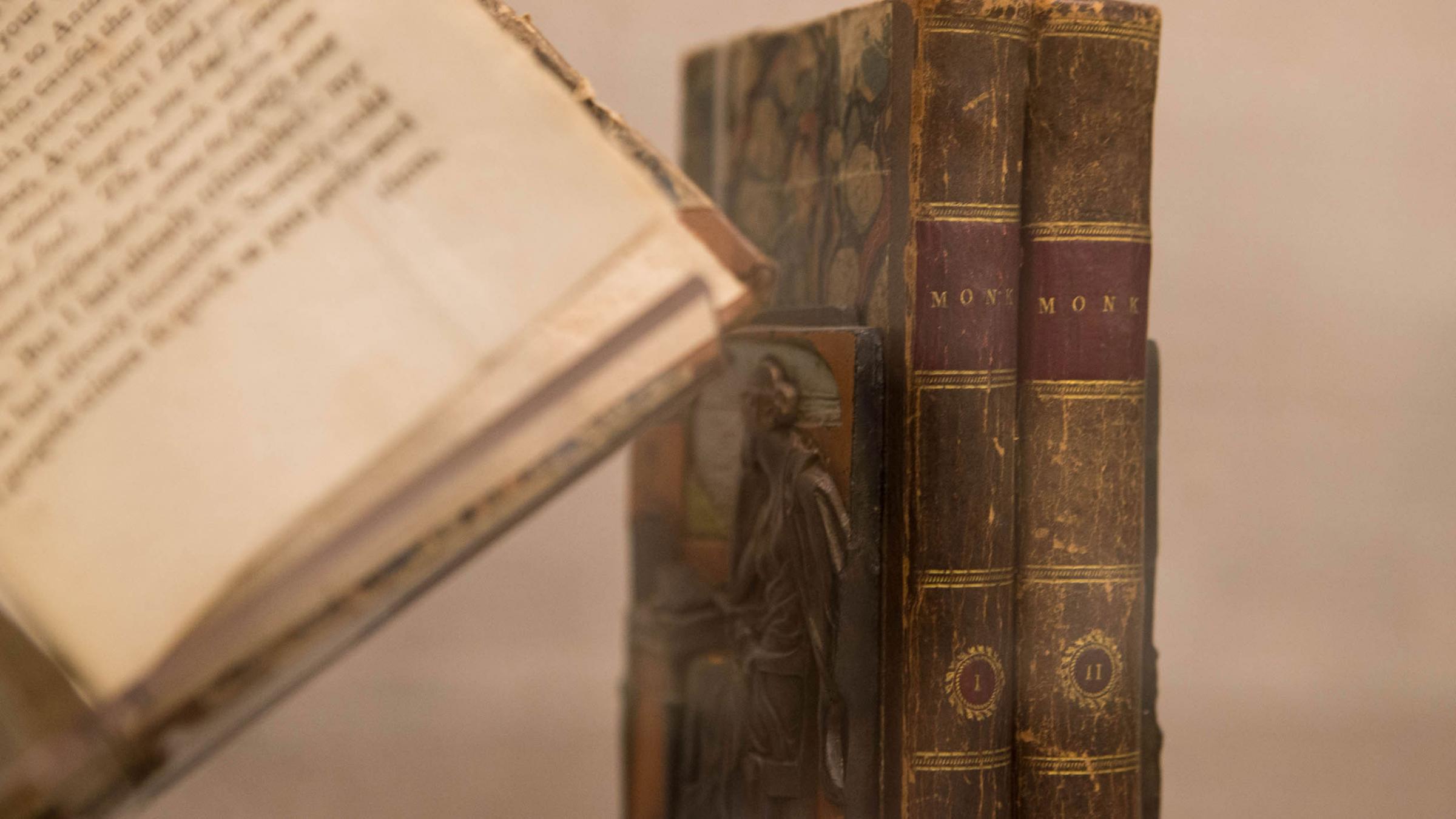
Among its many volumes, the Black-Sadleir Collection contains multiple copies of one of the most infamous novels in the English Gothic tradition. “The Monk,” by Matthew Gregory Lewis was considered truly scandalous when it was published in 1796.
“Lewis was a student at Oxford who wrote this novel at the age of 19. It was really transgressive and offended a lot of people with its themes and its language,” Whitesell said. “So, naturally it was a bestseller.”
It tells the story of a Spanish monk named Ambrosio who is tempted by the devil in disguise and ultimately led down the path of ruin. Lewis weaves a sordid tale of rape, incest, murder and communing with the devil.
“It got him into trouble, but also made him very popular in high society,” Whitesell said.
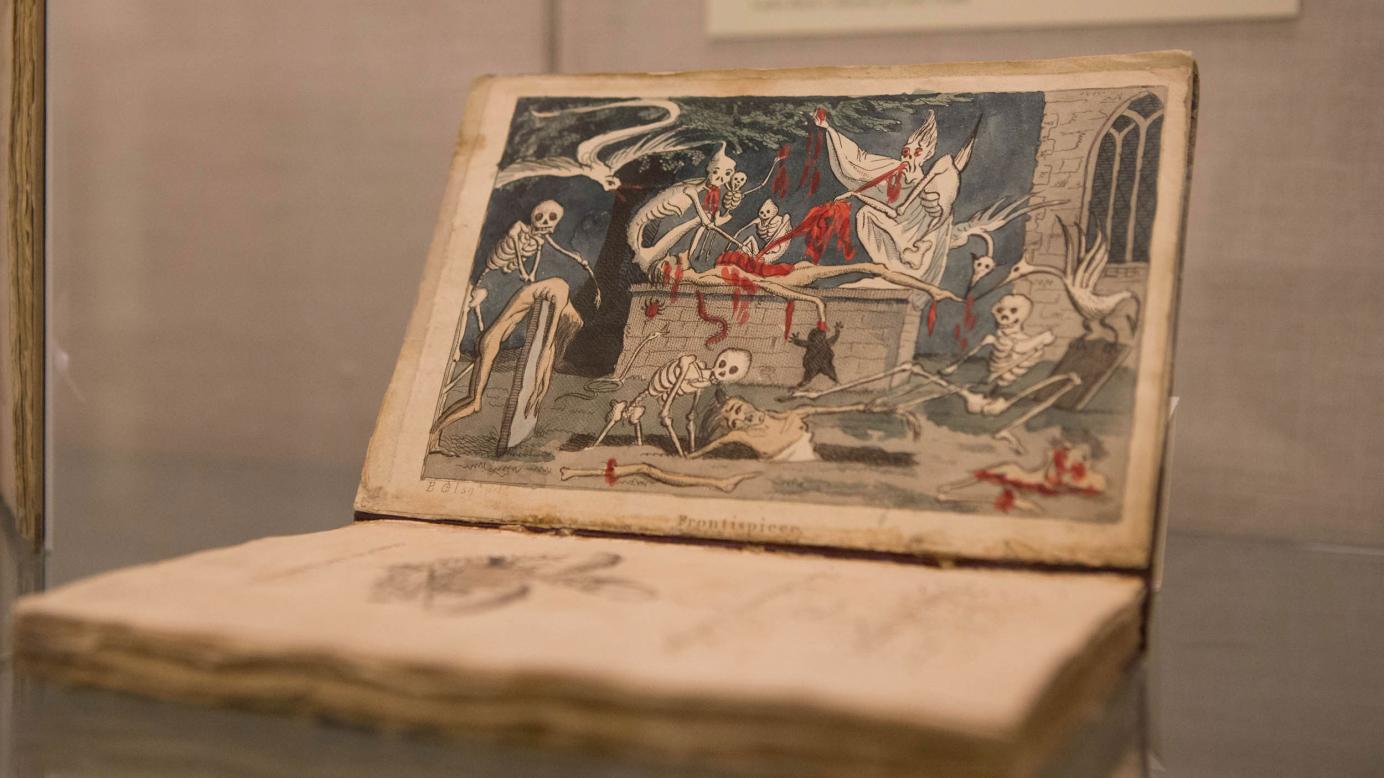
The popularity of “The Monk” spurred many copycats, as well as dramatic adaptations and outlandish parodies. Two years after its publication, Minerva Press of London printed an unsparing parody of the novel, ramping up the drama and recreating it as an English burlesque novel.
Their book, “The New Monk: A Romance,” includes an exaggerated depiction of the long and brutal final scene of Lewis’ original tale.
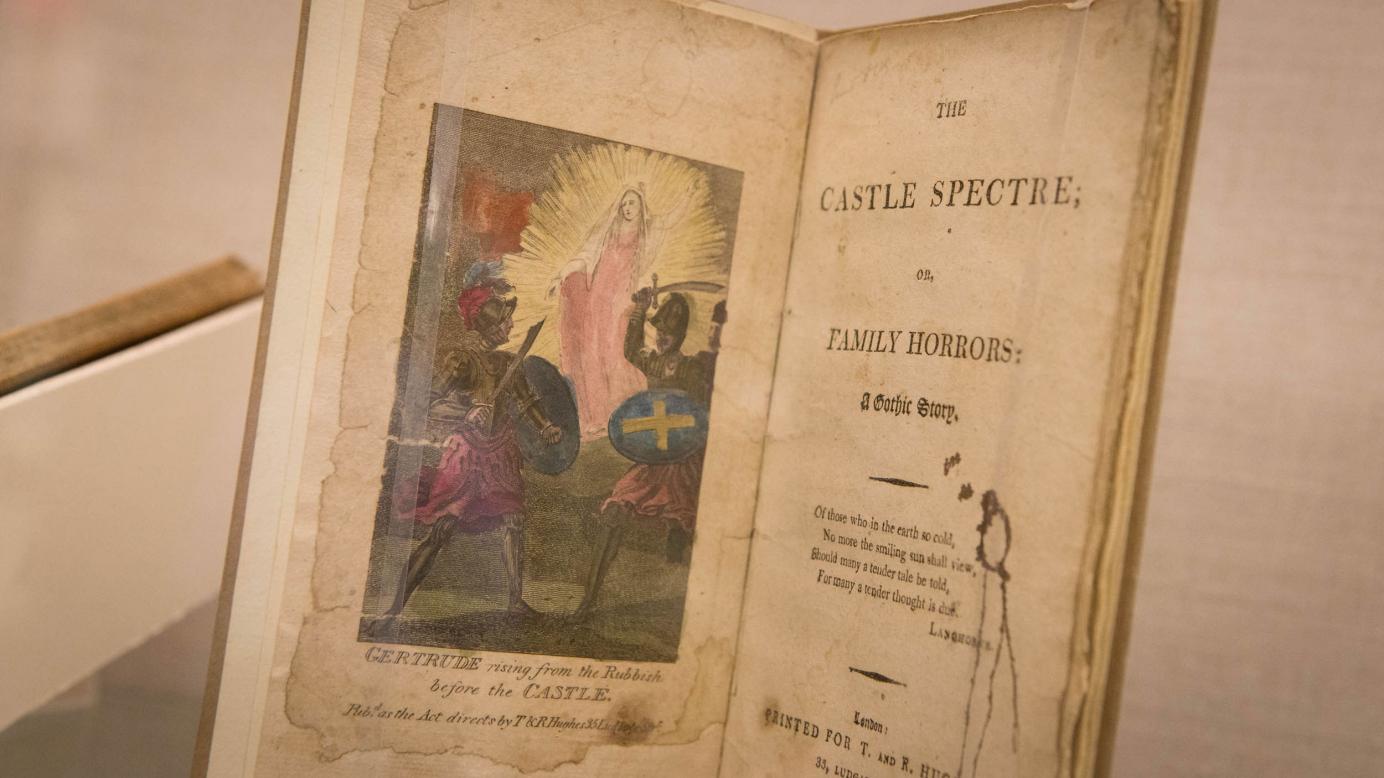
Despite its success, “The Monk” was Lewis’ only novel. He returned to the stage after writing it, bringing in the dark elements of Gothic fiction to the new plays he wrote.
In 1798, he wrote “The Castle Spectre,” a long-running hit that told the story of the evil Earl Osmond. The play was so popular that it contributed to a new and budding form of English Gothic literature, called “shilling shockers.”
These short pamphlets, often called chapbooks, offered abridged versions of popular Gothic novels and dramas. Lewis’ work was regularly plagiarized and used in this way, as it is in “The Castle Spectre, or, Family Horrors: a Gothic Story,” by Sarah Scudgell Wilkinson.
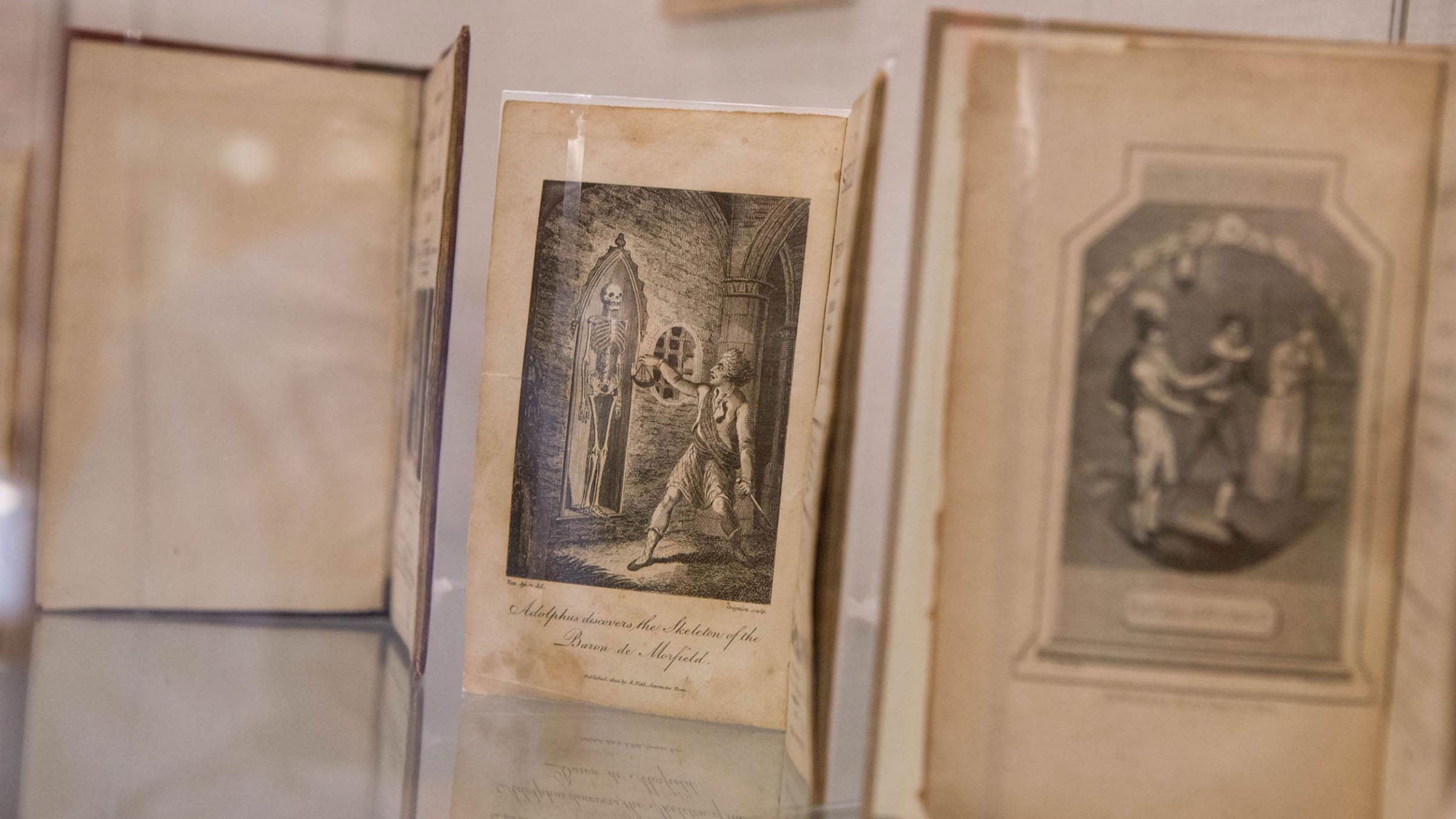
Isaac Crookenden was one of the most prolific of the chapbook writers and churned out at least 10 for different publishers in the early 19th century. Though he was little more than a glorified plagiarist, Crookenden’s cheap novellas that focused on the most lurid aspects of well-known stories were very popular.
For example, his chapbook, “The Skeleton, or, Mysterious Discovery: A Gothic Romance,” is based on an anonymous two-volume Minerva Press novel that came out seven years earlier.
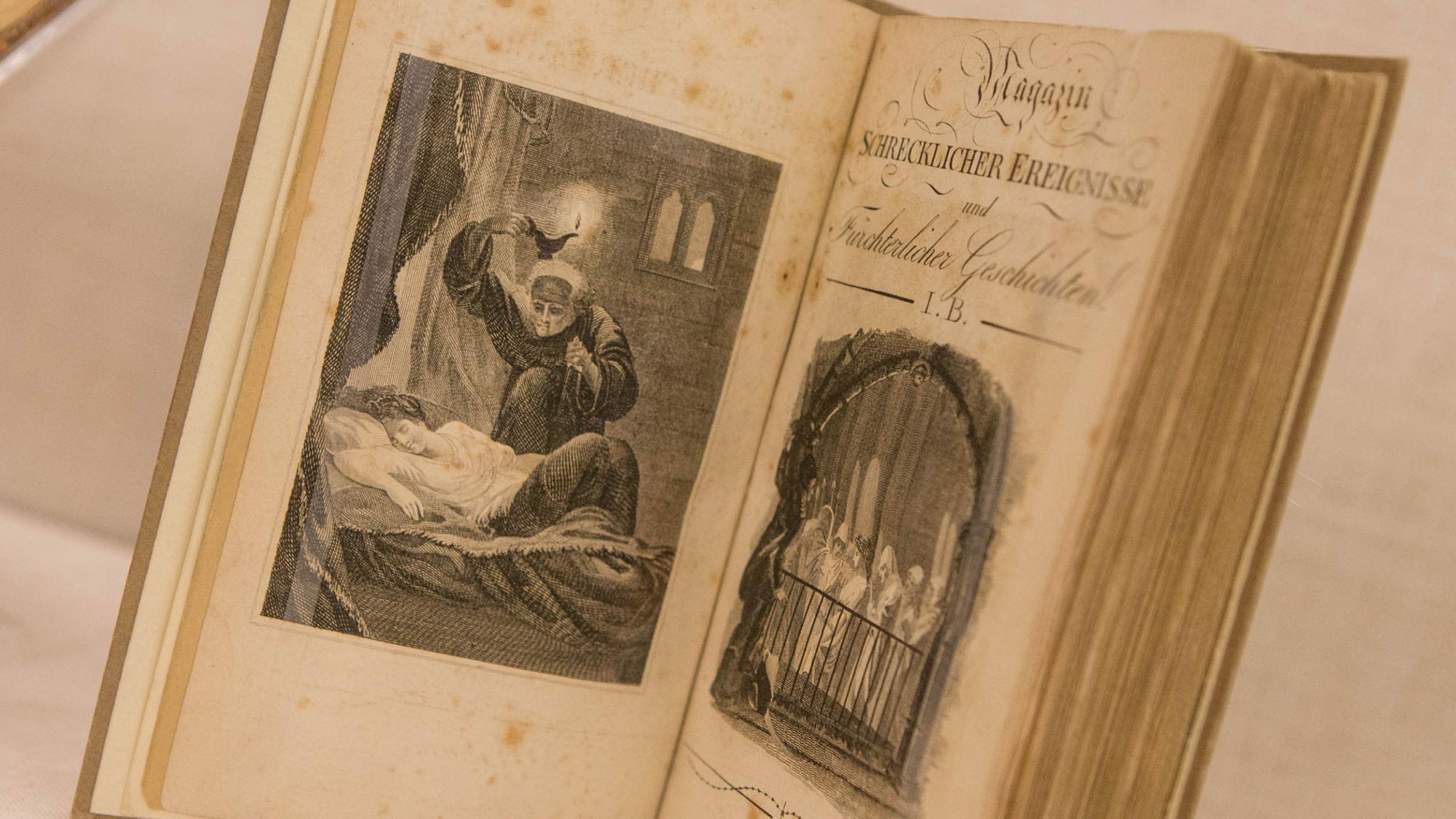
As “shilling shockers” brought Gothic fiction to the masses, the English tradition was catching fire in other countries as well. French and German publishers were both rapidly finding translations and printing them to keep up with the demand.
One German publisher even recycled the English practice of selling multiple “shockers” together in periodical form. UVA’s copy of “Magazin schrecklicher Ereignisse und fürchter-licher Geschichten” is an example of such a compilation in German translation.
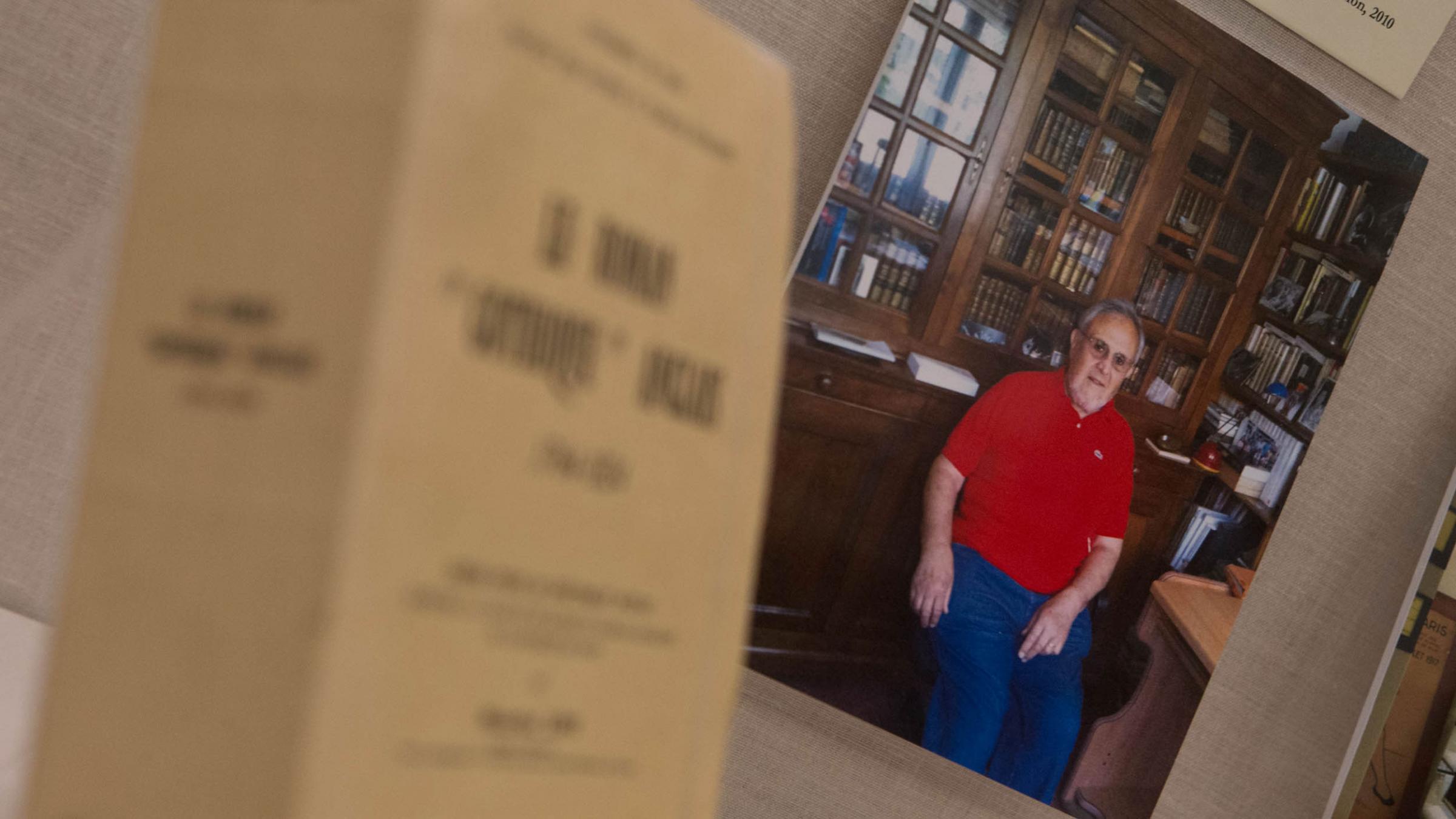
His country’s historical fascination with English Gothic novels brought French scholar Maurice Lévy to UVA a half-century ago to learn more about their origin and structure.
“The ‘Fearsome Ink’ exhibition also celebrates an important addition we received in 2012 as a gift from the French scholar Maurice Lévy,” Whitesell said. “He used the Sadleir-Black Collection for his doctoral dissertation back in the 1960s. Then out of the blue in 2009, he contacted us and said, ‘Would you be interested in my collection too?’”
Lévy spent just a short summer working as a research fellow in Alderman Library, but was moved by memories of the University to donate his large collection of Gothic fiction in French translation once he was ready to part with it.
The exhibition includes photos of Lévy with his collection along with a copy of his substantial dissertation, “Le roman ‘Gothique’ anglais, 1764-1824,” and his correspondence with the University.
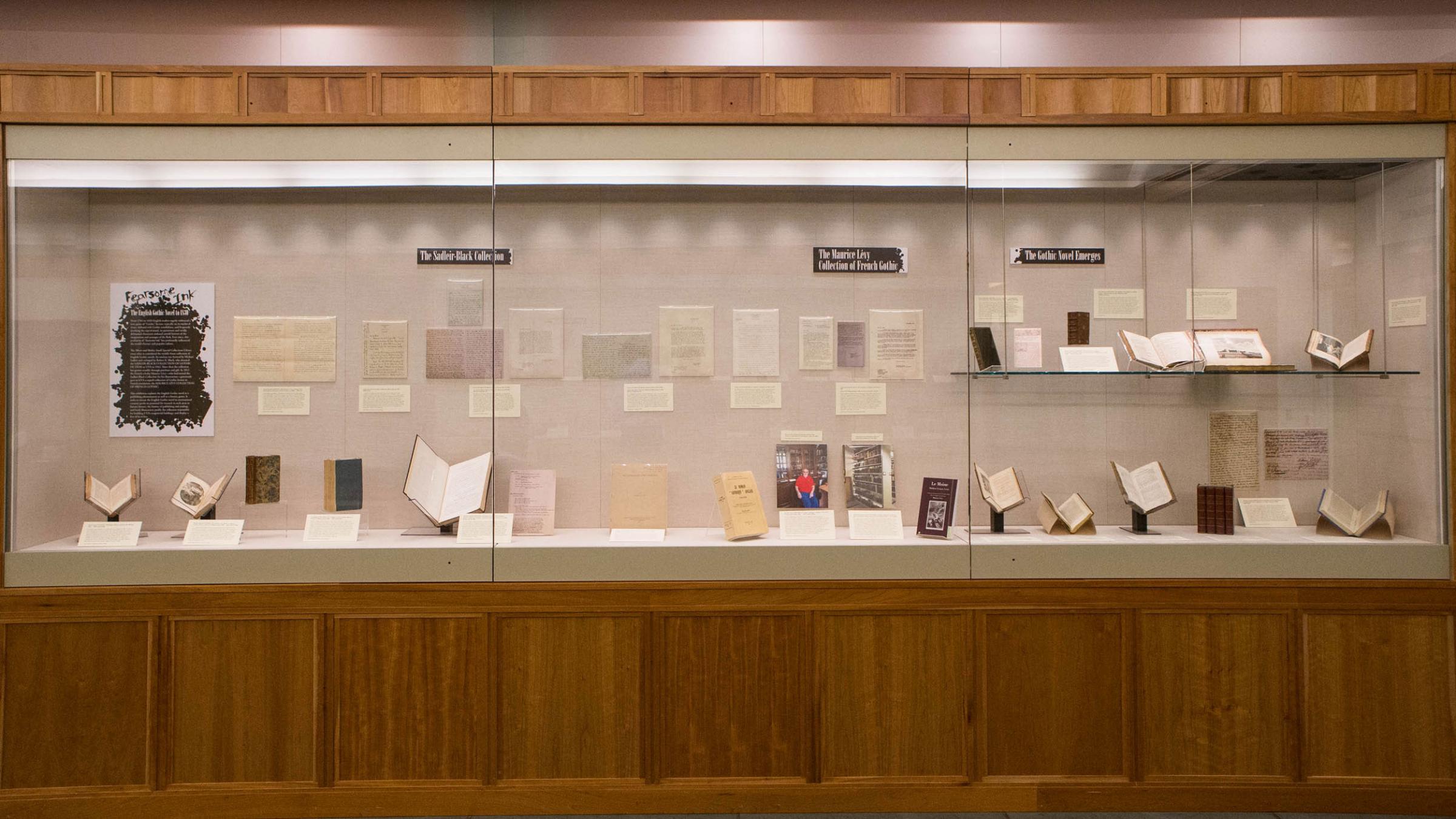
Lévy was particularly fascinated by the illustrations that accompanied English Gothic fiction and found no shortage of examples when he came to do research in the Sadleir-Black Collection. Visitors to Special Collections can see vivid sampling of this art in the portion of the collection on display. The exhibit is open now and will run through July.
“We want to place the English Gothic novel in broader international context for people,” Whitesell said. “It’s really the goal of the exhibition to trace the history of the Gothic Novel as a publishing phenomenon.”



